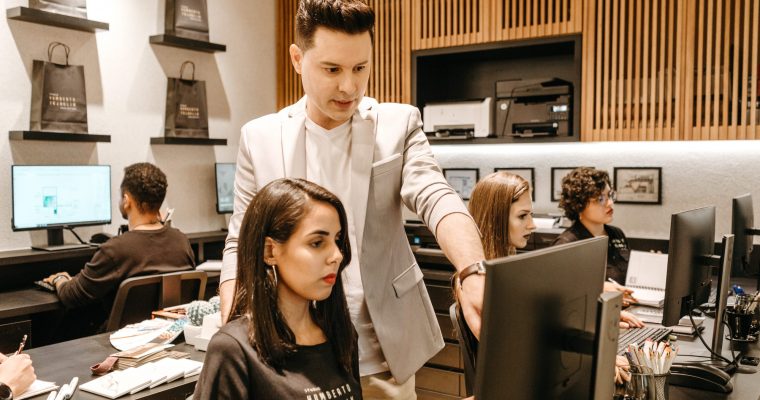In this article, we’ll be exploring a few ways to achieve employee development goals faster through the 70 20 10 learning model.
What is the 70 20 10 model and its benefits to organizations?
The 70/20/10 learning model is an L&D model that gives a breakdown of how people acquire knowledge. It explains that learners /employees learn in the following proportions;
- Employees acquire 70% of their knowledge through experiential or on the job training.
- Employees acquire 20% of their knowledge from social learning, including peer-to-peer interaction and collaborative learning.
- Employees acquire 10% of their knowledge from formal training like face-to-face traditional classroom training.
By using the 70 20 10 learning model, you can get to improve the way you deliver online training activities in your organization. Let’s explore a few ways of improving your training activities through the 70 20 10 models of learning to achieve fast employee development goals.
Enhancement of employee engagement
Most organizations that utilize the 70/20/10 learning model for their employees often achieve an increase in the employee engagement level. That’s because the learning model supports multiple learning styles, including collaborative learning.
Knowledge acquired through experiential learning enables employees to understand and complete their tasks with ease. Also, collaborative learning assists them in interacting better with themselves and instructors to learn.
Also, a well planned formal training helps employees to put in more effort to perform their roles effectively. All these learning strategies contribute to an increase in productivity and engagement levels at your organization.
Encourages collaboration
Another way to achieve faster employee development goals is through collaborative learning. 20% of the learning model emphasizes the need for organizations to utilize social learning for their employees.
By so doing, employees can share their experience and knowledge with others, hence increasing productivity. Collaborative learning involves employees coming together with different ideas to provide solutions to subject matters.
So, introducing this learning approach helps you to build a culture of continuous learning within your organization.
Blends different learning styles
The 70/20/10 model of learning is an essential tool that helps to blend different styles of learning, including experiential, social, and formal training.
So, by using this learning framework in your organization, you’re ensuring that your employees can acquire useful training. Apart from that, blending the three learning styles can help them to acquire and retain knowledge that matters to become more productive.
Improves productivity
You can also achieve fast employee development goals by supporting your activities with different learning styles of the 70/20/10 model. The model is more of a catalyst, such that when you utilize it in your organization, it transforms your learning in productivity.
Besides, it also helps to build a culture of continuous learning within your organization. So, with continuous learning through the 70/20/10 model, employees tend to learn more and more, hence becoming more productive for your organization.
Increases SMEs and managers involvements
By utilizing the 70/20/10 learning model for your employee development, you can increase the involvement of your managers in your training. Incorporating social learning into your corporate training requires that employees should learn from their peers and SMEs.
That means you need to involve your managers and make them supervise the entire social learning. Using this approach helps organizations to build a workforce with team spirit and collaboration.
Offers flexibility
The 70/20/10 model of learning offers flexibility, which can help to achieve a fast employee development goal. While most people utilize it to target a specific learning outcome, others use it for a different spectrum of learning.
Also, some utilize it to provide self-paced training that suits an individual. By having a flexible learning model, you can be able to develop a personalized learning experience for your employees.
Apart from that, you can also be able to provide a solution to the challenge of one size fits all training that hinders employee development.
In Conclusion
The 70/20/10 learning model is a training framework that offers flexibility. That means you can deliver training in a way that suits your employees’ needs. However, you need to ensure that you focus more on immersive training that helps your employees to retain knowledge.







